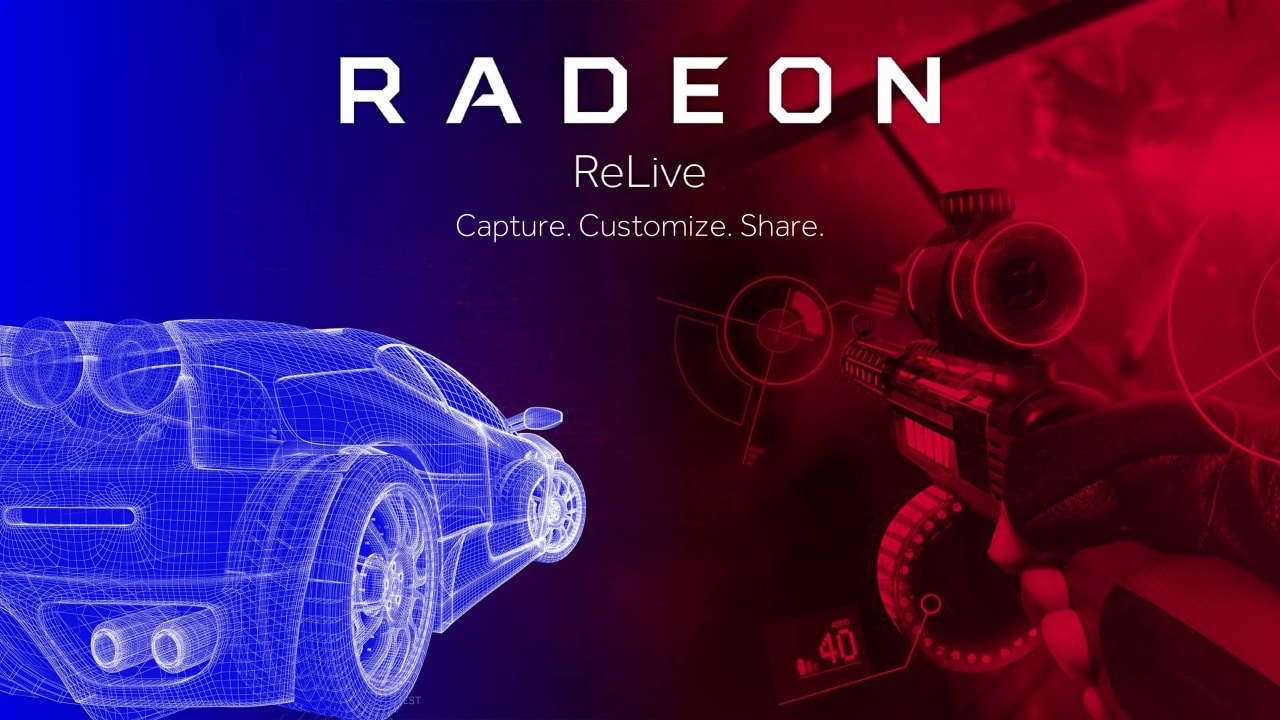Just over a year ago, AMD announced that they were scrapping the long-running driver package Catalyst in favor of the newly developed Radeon Software, where the premiere version Crimson Edition has been the basis for the company’s 2016 driver release. Now it’s time for the next big software release from AMD, where Radeon Software Crimson ReLive adds a lot of new features.
AMD strongly presses that the news with Crimson ReLive is mainly about functionality and features, but also presents some performance improvements – at least when the new driver is compared to version 16.6.2 which was current in connection with the launch of the Radeon RX 480. As seen in the bars above, performance gains of up to 8 percent are shown in some game titles.
One of the biggest news with the new software is also reflected in the name. Where AMD previously had recording functions via third-party software, this is now integrated directly into the Radeon Software driver package in the form of ReLive. ReLive enables, like Nvidia’s Shadowplay, hardware – accelerated game recording, where the card’s GPU carries the heavy load of video encoding – albeit with minimal performance impact.
In addition to the usual manual recording, the software can record the last hour’s game session, something that is practical for those who absolutely do not want to miss sharing sudden spectacular events. In addition, there is built-in integration for webcams and custom overlays as well as the ability to stream the video directly to popular services such as Twitch and Youtube.
Crimson ReLive is also delivered with the new power saving function Radeon Chill, which is a direct result of AMD’s acquisition of the software company Hialgo earlier in the year. Radeon Chill regulates the graphics card’s clock frequencies in real time, where these are lowered in scenarios when the user does not interact with the game. This results in a lower energy consumption and also less heat generation.
Support for Radeon Chill is implemented per game title, and currently there are close to 20 titles on the compatibility list, with more to follow next year. The function is switched off during installation and must be activated by the user himself.
Where AMD’s Freesync synchronization technology has only worked in exclusive full-screen mode before, the new drivers add support for the technology during borderless fullscreen, which is welcome for people who want to be able to easily jump between the game and other applications as well as run multiple screens.
The new version of Radeon Software also implements some image viewer-specific functions, including official support for HDR (High Dynamic Range) according to both Dolby Vision and HDR 10. In addition, support for the latest section’s Displayport (HBR3) is activated, which means an increase in bandwidth to enable future monitors with, for example, 4K UHD resolution at a refresh rate of 120 Hz.
Last but not least, AMD is broadening its support for the Wattman tuning software, which previously only worked with Polaris-based graphics cards. Crimson ReLive adds support for cards in the Radeon R9 Fury, R9 300 and R9 200 series.
Radeon Software Crimson ReLive Edition 16.12.1 is available for download from AMD’s website.
















